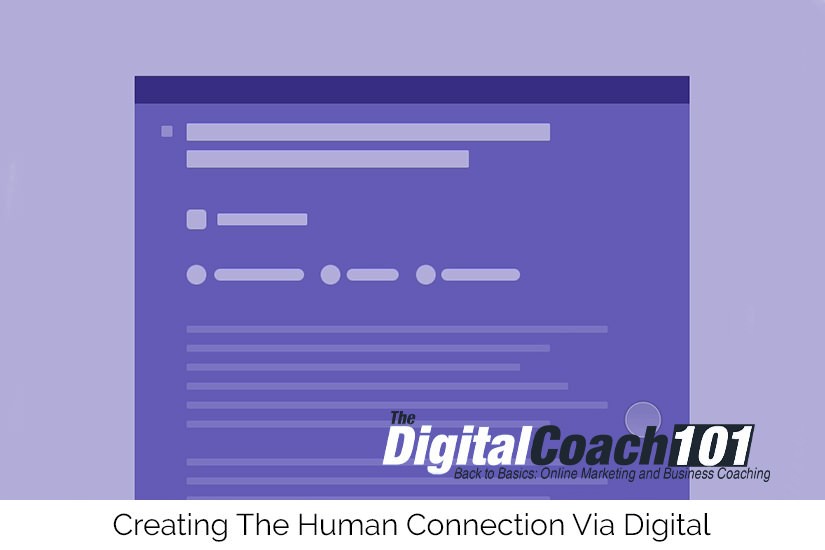Optimise Your Business with Optimised Content
If you’re a regular reader of these blogs, you’ll know what a fan I am of content. To be honest, I couldn’t actually call myself a digital marketing transformation coach if I weren’t passionate about it. Content, notably optimised content, forms the framework on which all good digital marketing strategies hang. It’s the stuffing in your website’s cushion. The petrol in its tank, and the food in its ever-hungry stomach.
And it’s not just me who feels this strongly about content. The mighty Google itself agrees with me. In fact, it has stated that content is among its top three ranking factors. But, and here I pause for effect because this is very important, not all content is created equal. There’s content, and then there’s quality content. And it’s quality content that you want in bucket loads on your website. Because quality content is interesting, relevant and helpful. Quality content is useful to people visiting your site. And most importantly, quality content is optimised.
Now I know you think you know about optimisation. You’ve read all about the importance of SEO and keyword research, so what more can I possibly tell you that you haven’t already read about? Well, dear reader, the answer to that question is this:
Optimised content actually helps your business. True story. When your content is optimised, your website lights up like a child’s face when you give him a big slice of chocolate cake. It suddenly becomes more attractive to search engines than a light bulb is to a moth. (What is it about lightbulbs anyway? Do moths know something about them that we don’t?)
But I digress.
The point is this: optimised content is awesome stuff. And if you’re a business with a website, you want lots of it. Because the more information you share, the more people will trust in your brand and the product or service you’re offering.
Trust is such a huge thing when it comes to building your business online. Trust comes from being objective and balanced, instead of pushy and salesy. Seventy-four percent of consumers trust content from a business as long as it seems objective and doesn’t explicitly try to sell a service or product.
What Is Optimised Content?
Optimised content is content that has been written or designed in such a way that search engines find it irresistible. The awesome thing about great optimised content is that human beings find it irresistible too. It’s like the best twofer ever! You get better search engine rankings and you improve your conversion rate. What’s not to love?
The secret is hitting that sweet spot between using the right keywords in such a way that search engines can find you easily, and creating interesting, relevant content that people want to share, and come back to.
It’s important to remember that when you optimise your content, you don’t just focus on the written parts of your website – although this is a large part of it. The optimisation process also typically includes improving the technical performance of your site (such as the page loading speed, for example), as well as the aesthetics of the site through design and user experience, among others.
Images and videos are also extremely influential when it comes to making purchasing decisions and overall engagement with your content. Articles with images get 94% more total views than those without.
So ask yourself: What has your website done for you lately? If the answer is, “not much,” or if you’re not even sure, then it’s time to open up a can of serious content optimisation and pour it all over your site.
How To Optimise Your Content
The key to successful content optimisation is to make it speak to your target consumer. All potential customers have questions they want to be answered before they make a final purchase decision. To create content that is not only optimised for search engines but also resonates with consumers, you have to have a really clear idea of who those consumers really are. It’s no good just filling your website with generic, bland content in the hope that something, somewhere, will appeal to someone.
Ban the beige! And veto the vanilla! You want colourful, vibrant content that rears up and hits you between the eyes. One of the best ways to do this is to get inside the head of your customer. Think about who your ideal customer really is. This is one of those techniques that content marketing wizards will bang on about at length, but in this case, it’s for good reason.
Creating a customer persona really works. By really getting a handle on your target customer, you can customise your content to appeal directly to him or her. In this way, you optimise your content to maximum effect.
So, ask yourself what kind of person would like to do business with you. Who needs your service? Who wants to buy what you’re selling? Answer as many questions as you can about this imaginary person to get as clear idea as possible who it is you’re actually trying to reach. How old are they, are they married, do they have children, where do they live, and what work do they do?
Once you have this amazing avatar firmly created, you can start thinking about what problems they might have that your product or service can solve. It will then be so much easier to create content that answers these questions in an interesting, relevant and useful way.
Key Points To Remember
It’s important to remember that high-quality, optimised content is written for your customers, not your peers. I’m not saying you should “dumb things down” to an intelligence-insulting level of simplicity. But you do need to make sure the language is easy to understand and isn’t riddled with mind-numbing industry jargon.
Great content is infinitely shareable. So, before you add any content to your site, ask yourself if you would share it if you read it on someone else’s website. Have you included social media sharing buttons to make it easy for consumers to do so? People get very click-happy when they’re online. They suddenly develop a severe allergy to typing anything, so make sure everything from sharing to buying is doable with a few clicks.
Check that your content can be scanned quickly and easily. Most people spend scant seconds scanning through your content. Only if they like what they see will they take the time to slow down and read it more thoroughly. So keep paragraphs short, and use bold text and bullet points if appropriate. It all helps to make your content easy on the eye.
The Benefits Of Optimised Content For Your Business
In a world where 1.24 billion websites compete for consumer attention, and over two million blog posts are published every day, it can be hard for businesses to cut through the clutter. This is why it’s so important to make your website, your own little piece of the huge Internet pie, rise above the other offerings out there.
To do this, you have to re-examine the way you traditionally communicate with your customers. It’s time to ditch the pitch! Give the hard sell the old heave-ho! Replace the in your face “Buy my stuff” approach with helpful information, and watch as consumers start to see you in a whole new light. Suddenly they’re looking at you as a helpful and valuable source of information instead of an unsolicited interruption.
Useful, optimised content feels more like chatting to consumers instead of shouting at them. Suddenly, they begin to see you as a trusted resource. Someone who’s genuinely interested in helping them, instead of shoving your products or services down their throats.
Imagine there are 10 businesses in your area that do what you do, but you’re the only one also providing helpful, free information to people in your community. Guess which of those 10 businesses is going to stand out from the rest? That’s right – yours. When people see that you’re regularly providing useful, relevant information without any immediate benefit to yourself, they start trusting you. And when people trust you, they’re far more likely to buy from you.
Adding this kind of content is the best way for most businesses to keep their website content updated and fresh. It’s not practical or even feasible to continually re-write your core website pages. Your product range and services stay pretty static, so there’s not a lot you can do on that front. What you can do, is add blogs, special news reports on relevant topics, promotional information and links to other interesting articles you think are beneficial to your customers.
And if you still need convincing, here’s what Meghan Keaney Anderson from Hubspot has to say about the importance of having great content on your website:
“Content on your site should be a magnet for search engines, designed to be evergreen and optimised for common queries. Content hosted on your blog and website has a compounding nature to it. If done well, website content will continue to climb in rank and pull in visits month after month.”
If you’re looking for guiding hand to help you optimise your content, the friendly folk at Digital Coach are waiting for your call. So please call them. Otherwise, we have to pay for therapy to deal with their self-esteem and abandonment issues. Thanks.












